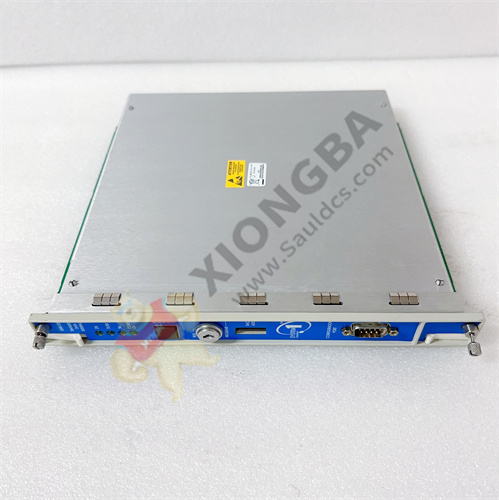Production reduction and destocking can be said to be the main theme of the global storage market in the past period of time. At present, although the storage market size has declined, the storage capacity scale is still growing slightly.
From the current situation of the market, the market is still in an anxious period, and the downturn has not changed. However, with the pull of new markets such as AI servers, the downward trend of the market will be alleviated to a certain extent.
Weigang Industrial Control continues to pay attention to the development of the storage industry, collect the most cutting-edge information of the market and technology, and pay attention to the future and development of industrial storage with you! How are the storage giants doing these days? What are the new developments? What trends will the global storage market show in 2023? The latest industry information for your reference.
Trends of industry manufacturers
Samsung began mass production of UFS 3.1

Samsung aims to expand its presence in the automotive semiconductor market and plans to supply the UFS 3.1 series to global automakers and component manufacturers by the end of 2023.
Micron plans to mass-produce 32Gb DDR5 chips in 2024H1 to build a 1TB memory module
The first company to launch a 24Gb DDR5 memory chip will use Micron’s 1-beta process to further build 32Gb DDR5 chips.
32Gb DDR5 DRAM chips are mainly used in high-capacity memory modules at the data center level.
SK Hynix second quarter earnings report said the memory market recovery
ASP prices for DRAM have risen due to increased revenue from AI servers or other high-end applications.
SK Hynix plans to continue to improve sales performance of HBM3, high-performance DDR5, LPDDR5 and 176-layer NAND SSD, which led to a 44 percent increase in revenue in the second quarter.
The stable demand for AI memory also makes the memory reduction effect gradually appear.
Western Digital is trying to reach a merger agreement with Kaixia in August 2023
Most of the value of the deal will come from the HDD segment as it generated $1.5 billion in revenue in the second quarter of 2023.
The combined company would have a market share of around 30 percent and is expected to compete with Samsung in the crucial NAND market.
Demand in the global storage market declined significantly in 2023 and is expected to recover by 2025
In 2023, memory revenue fell to $42 billion (down 47% year-over-year) and flash revenue fell to $37 billion (down 37% sequentially).
In 2024-2025, faced with undersupply and rising prices, total storage revenue is expected to grow to a record high, exceeding $200 billion by 2025.
2022-2024 Storage Market Revenue – by Technology
Overview of flash memory market conditions at the end of 2023
short-term
Global supply chains, inflation, and geopolitical issues will continue to hamper demand.
With the profit margin of the leading manufacturers hitting a record low, the growing cost input has brought greater challenges to the competitive situation of the flash market.
long-term
The flash memory market is driven by emerging megatrents that are driving the demand for data computing and storage for on-premises, edge and cloud applications.
Flash technology-based SSDS are gradually replacing HDDS, further driving flash demand.
Key drivers of future flash consumption
Enterprise SSDS used by very large and traditional enterprise Oems
PCS and games this uses SSD
Storage in smartphones/other mobile devices
Demand for AI/VR/IoT devices
 中文版
中文版




